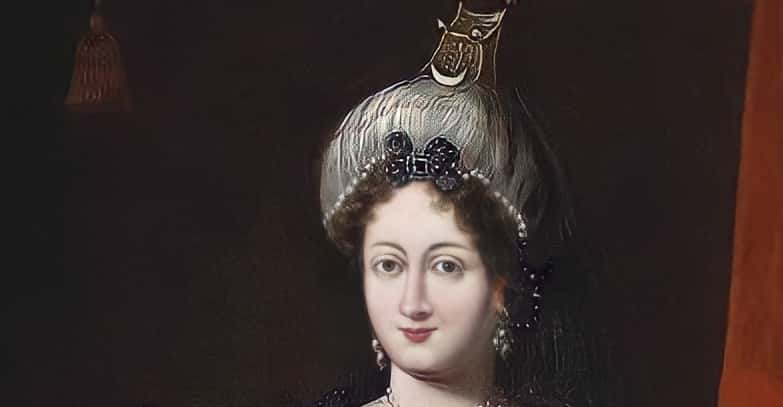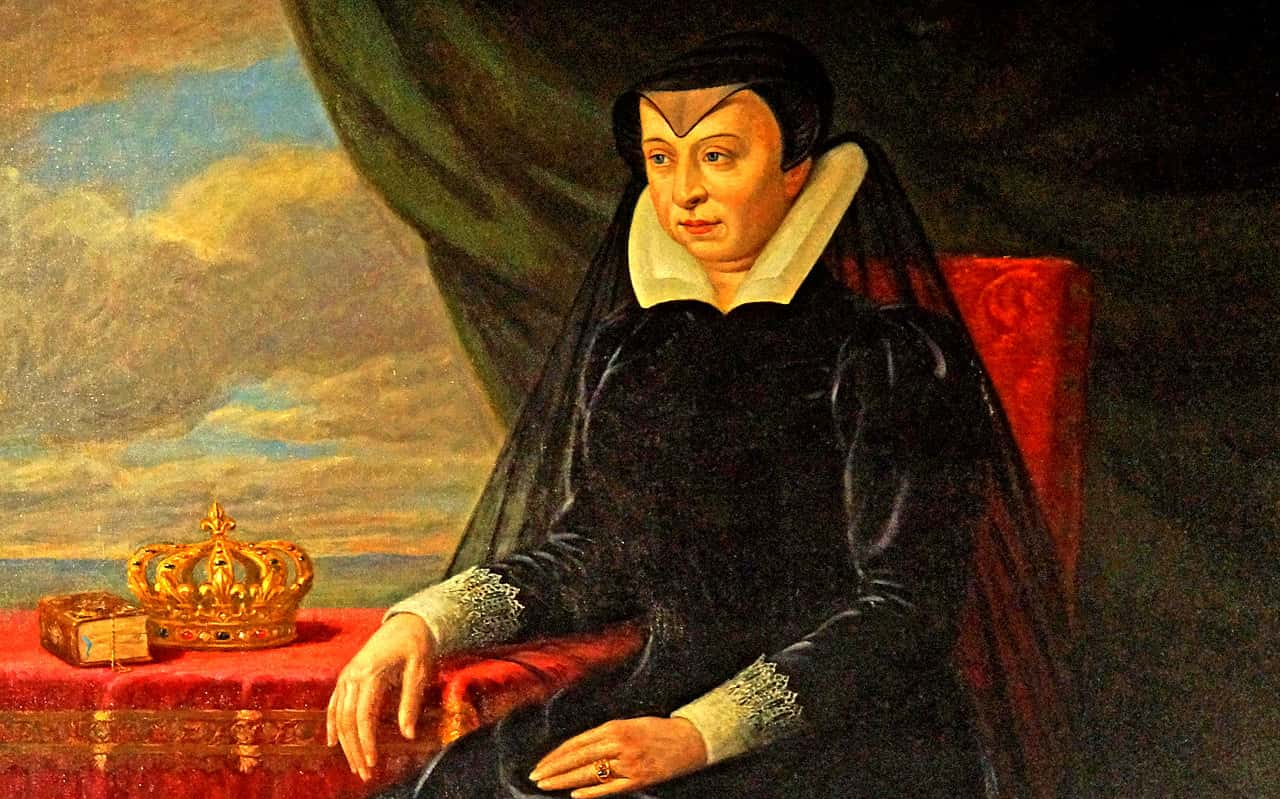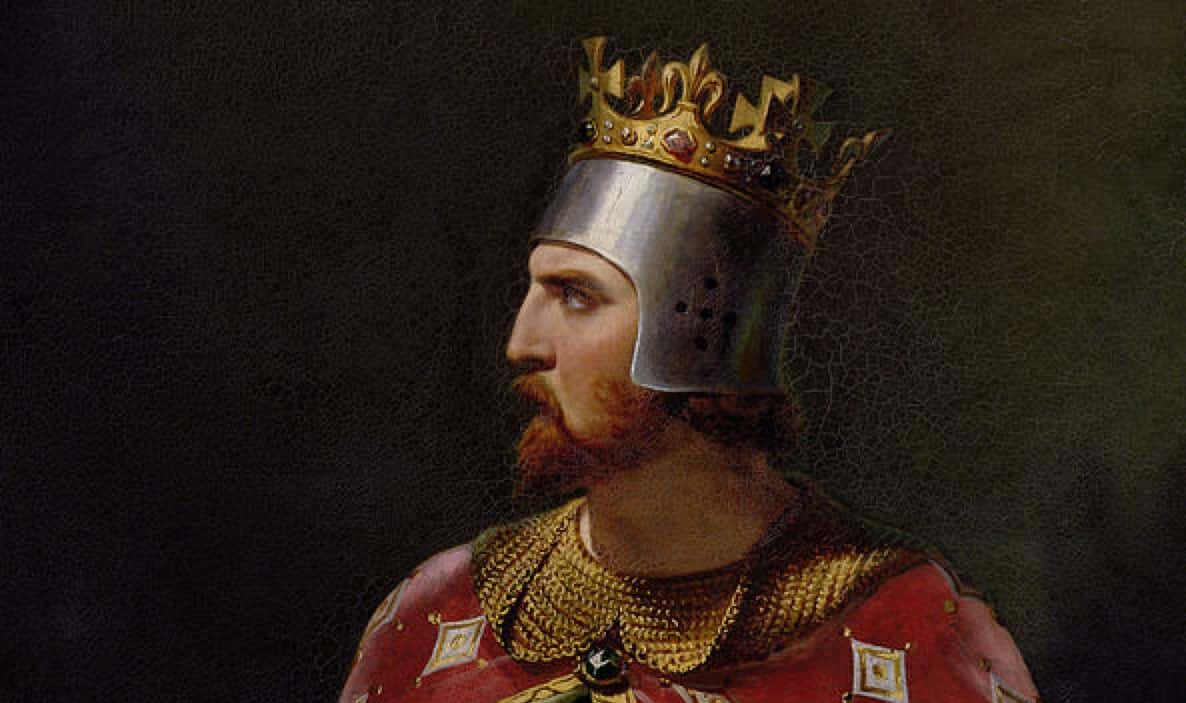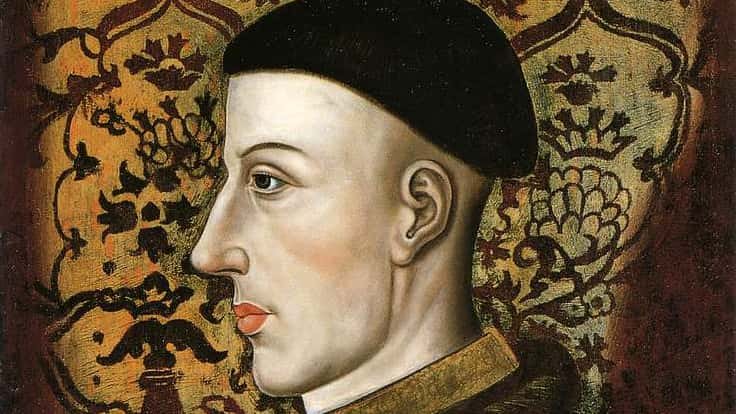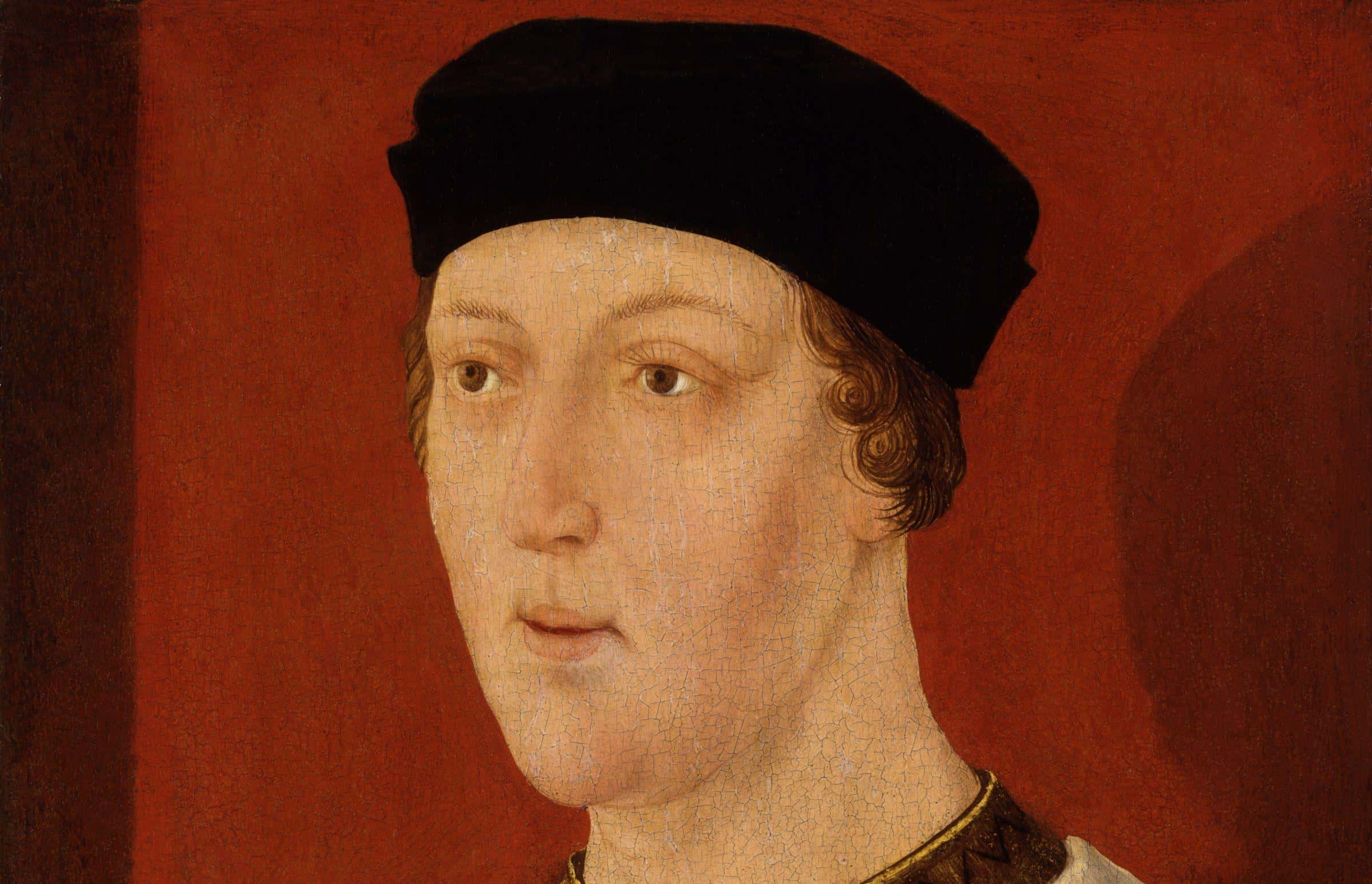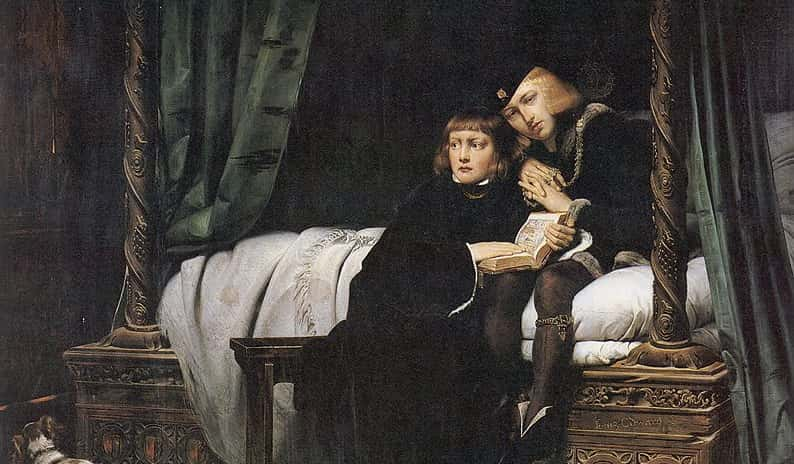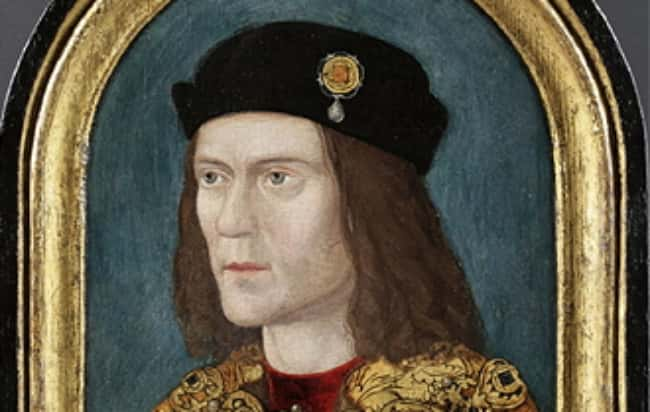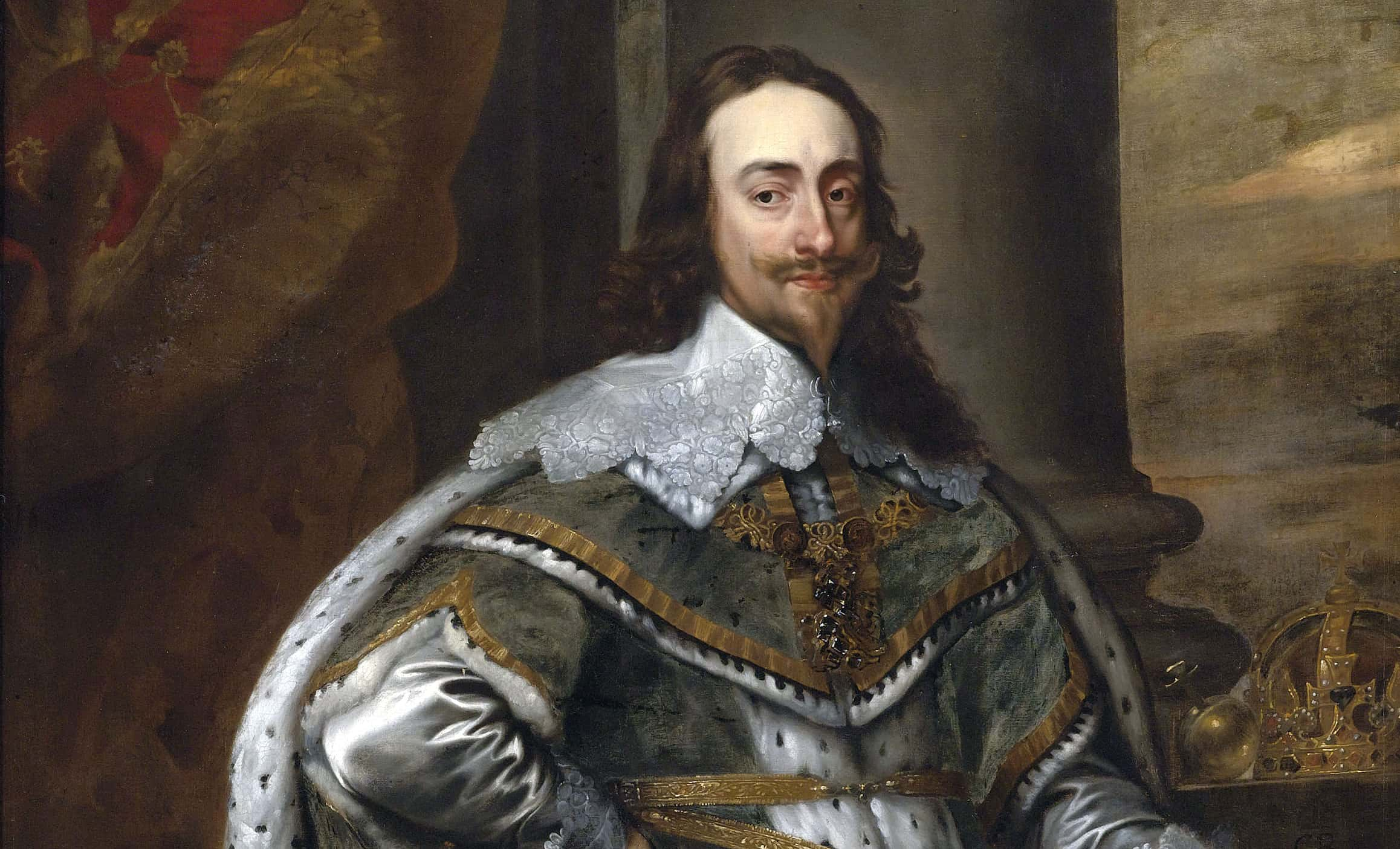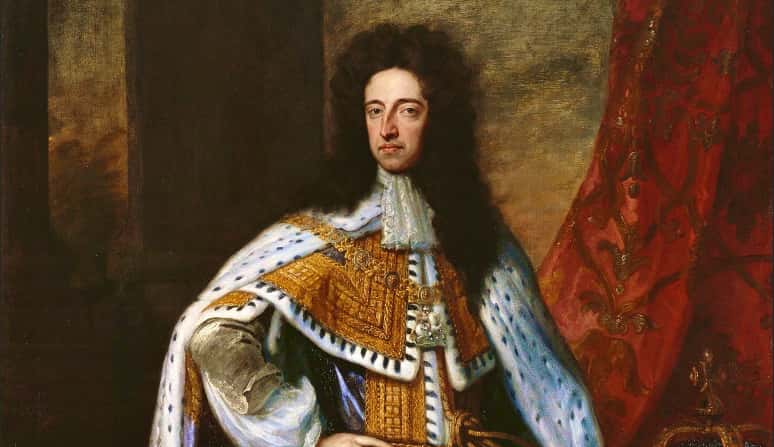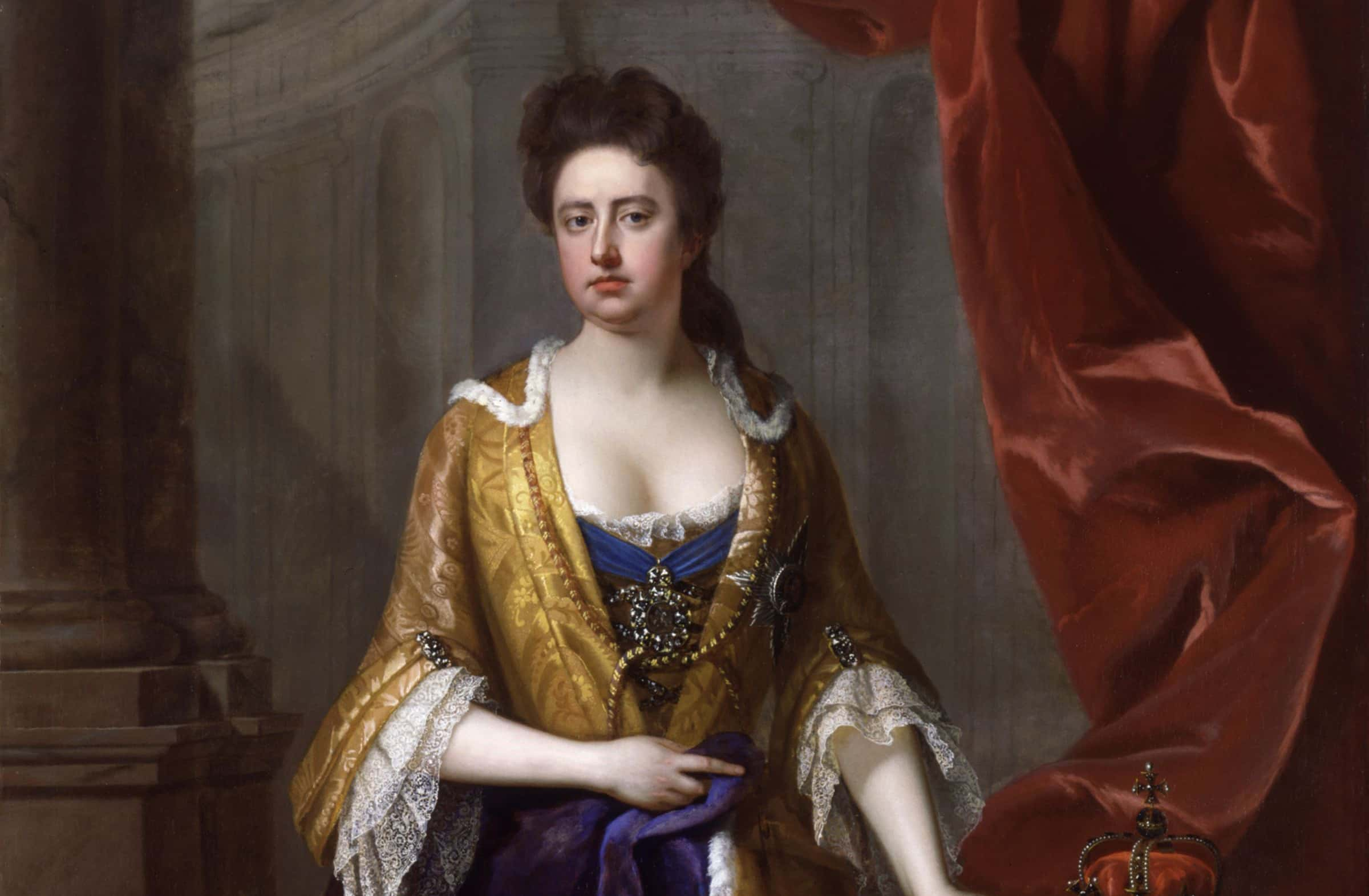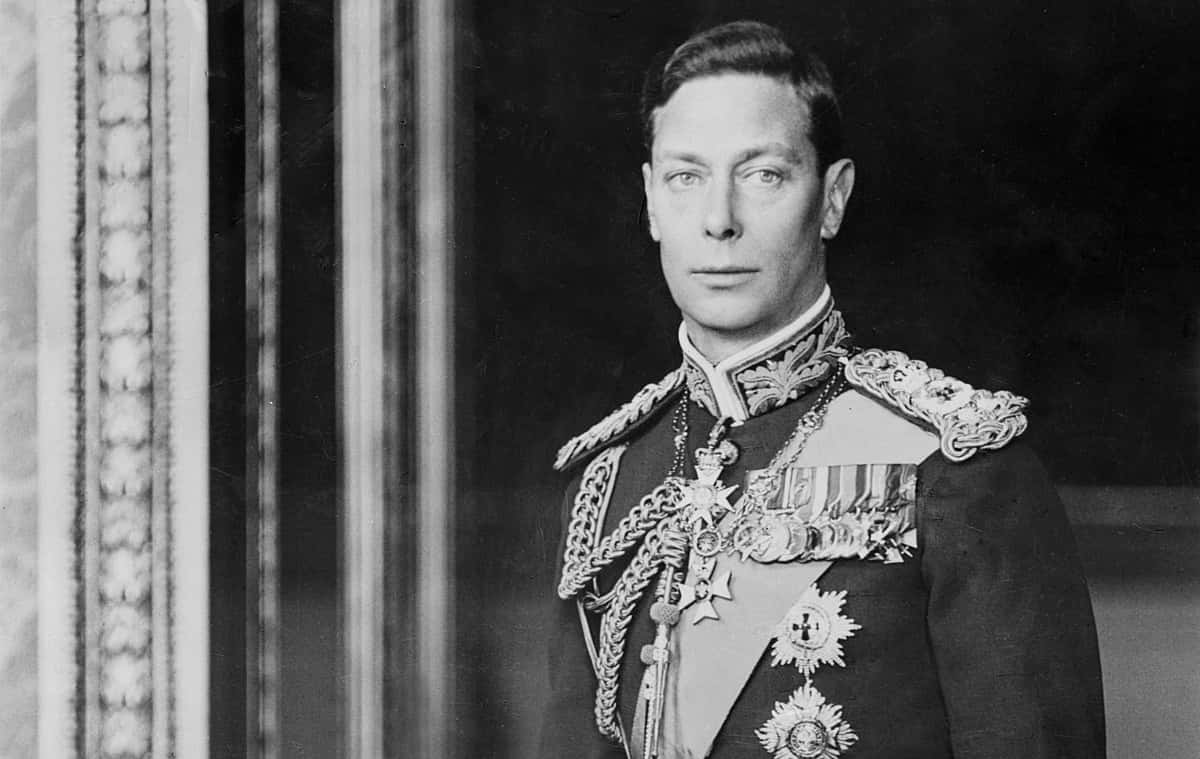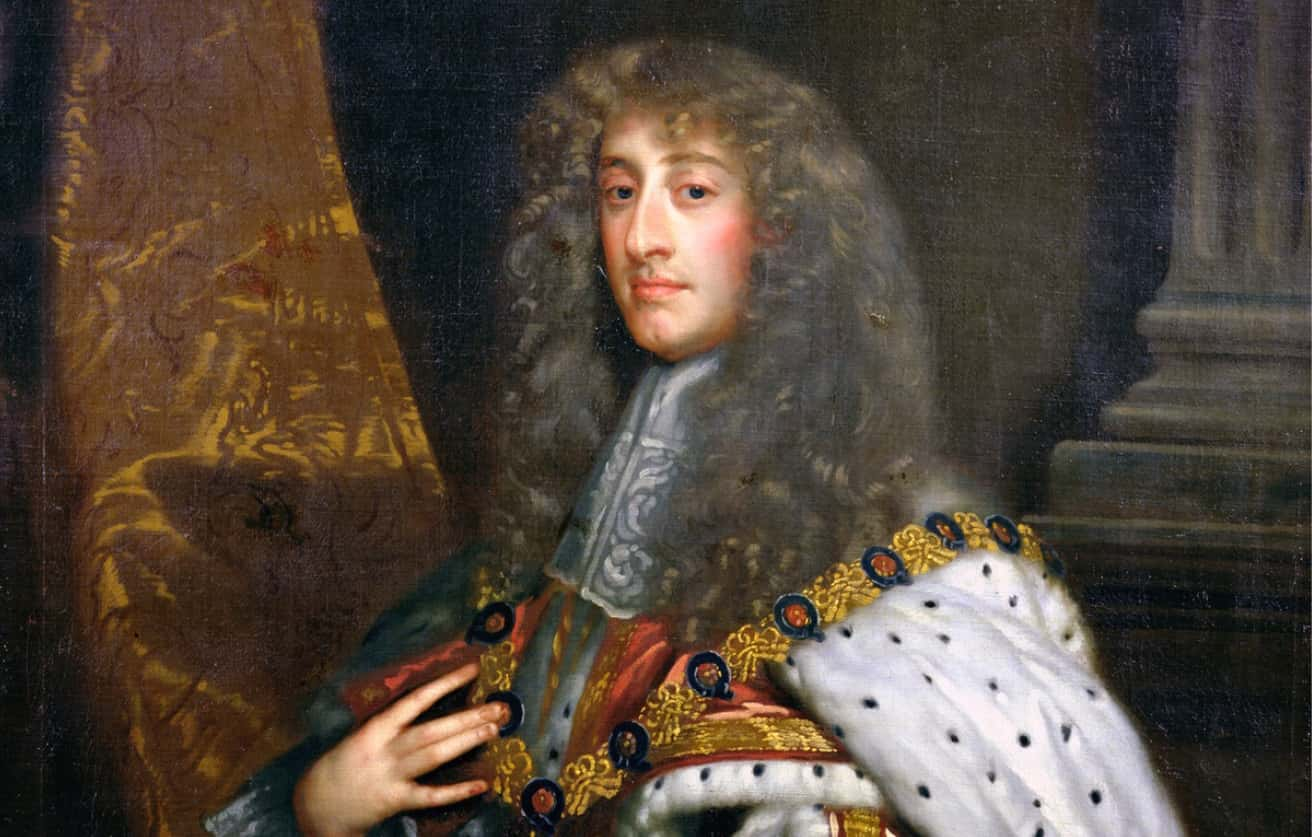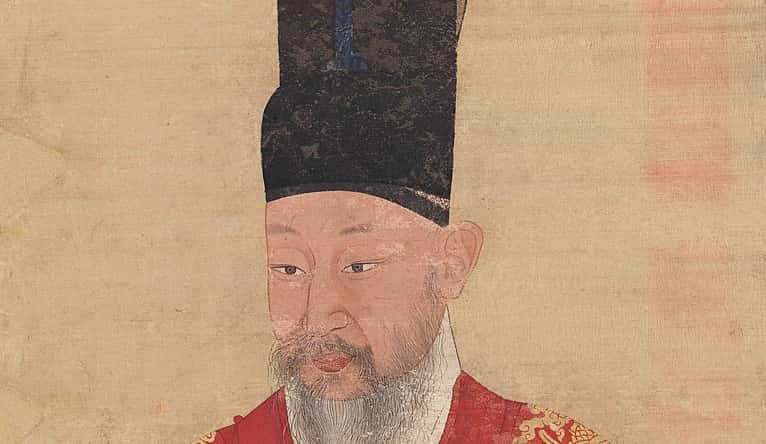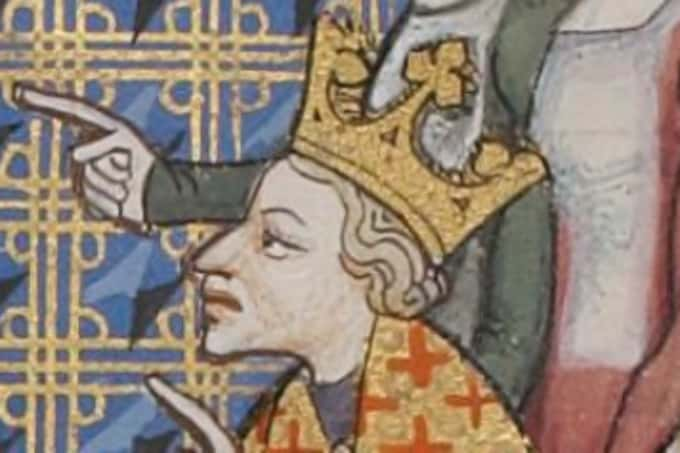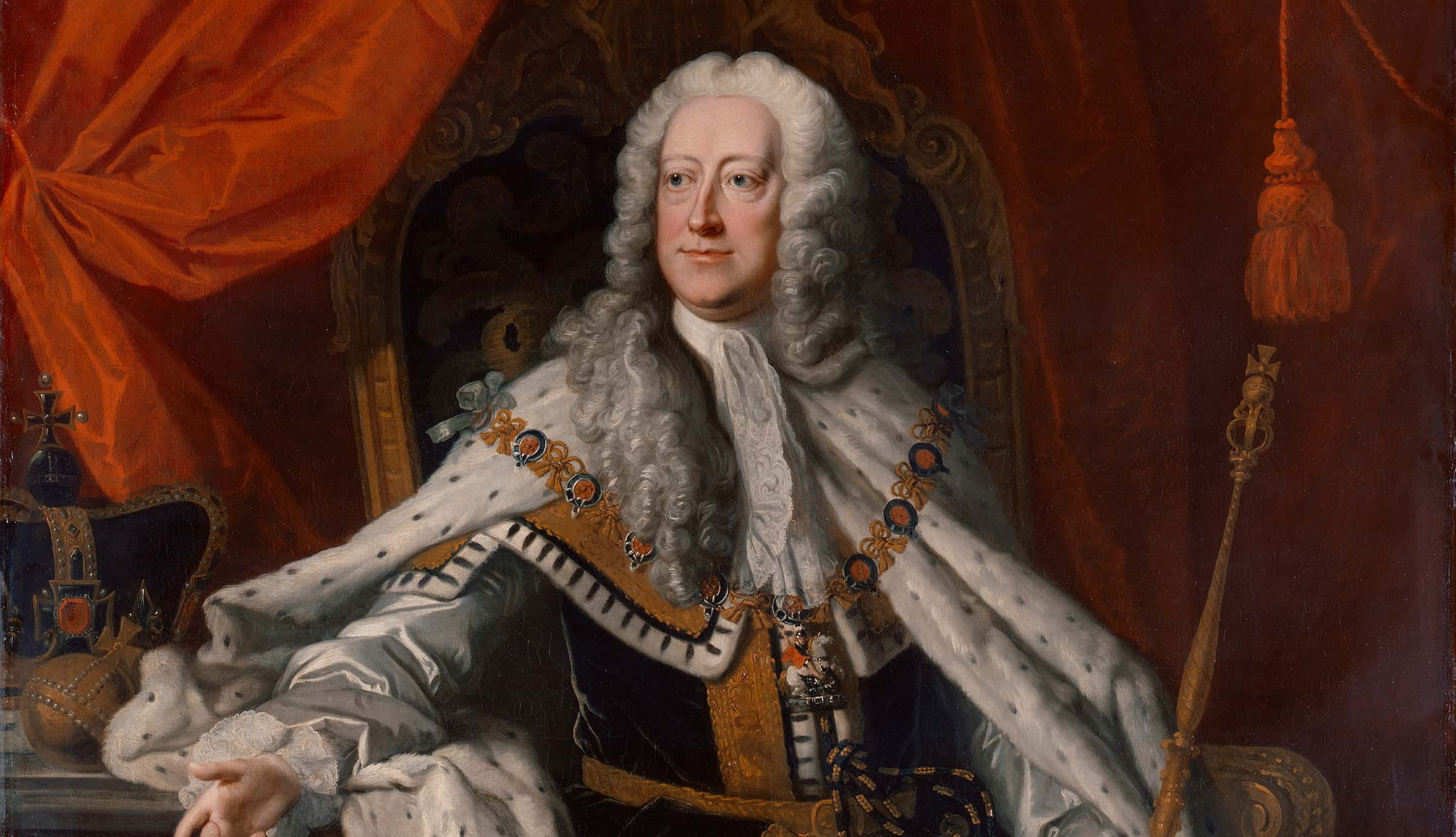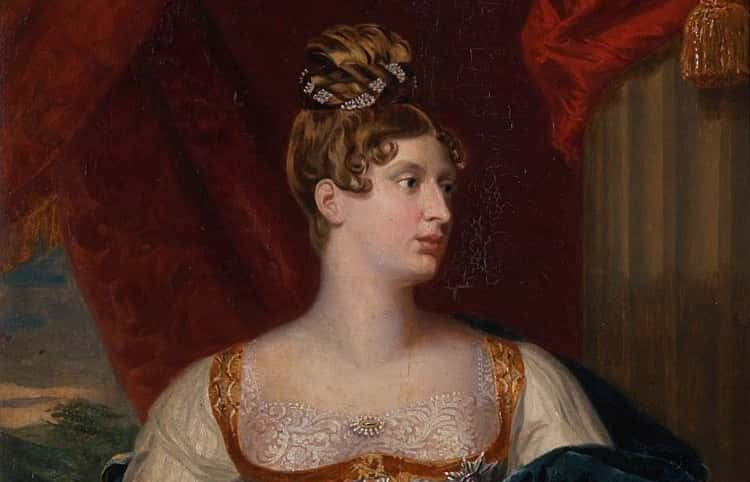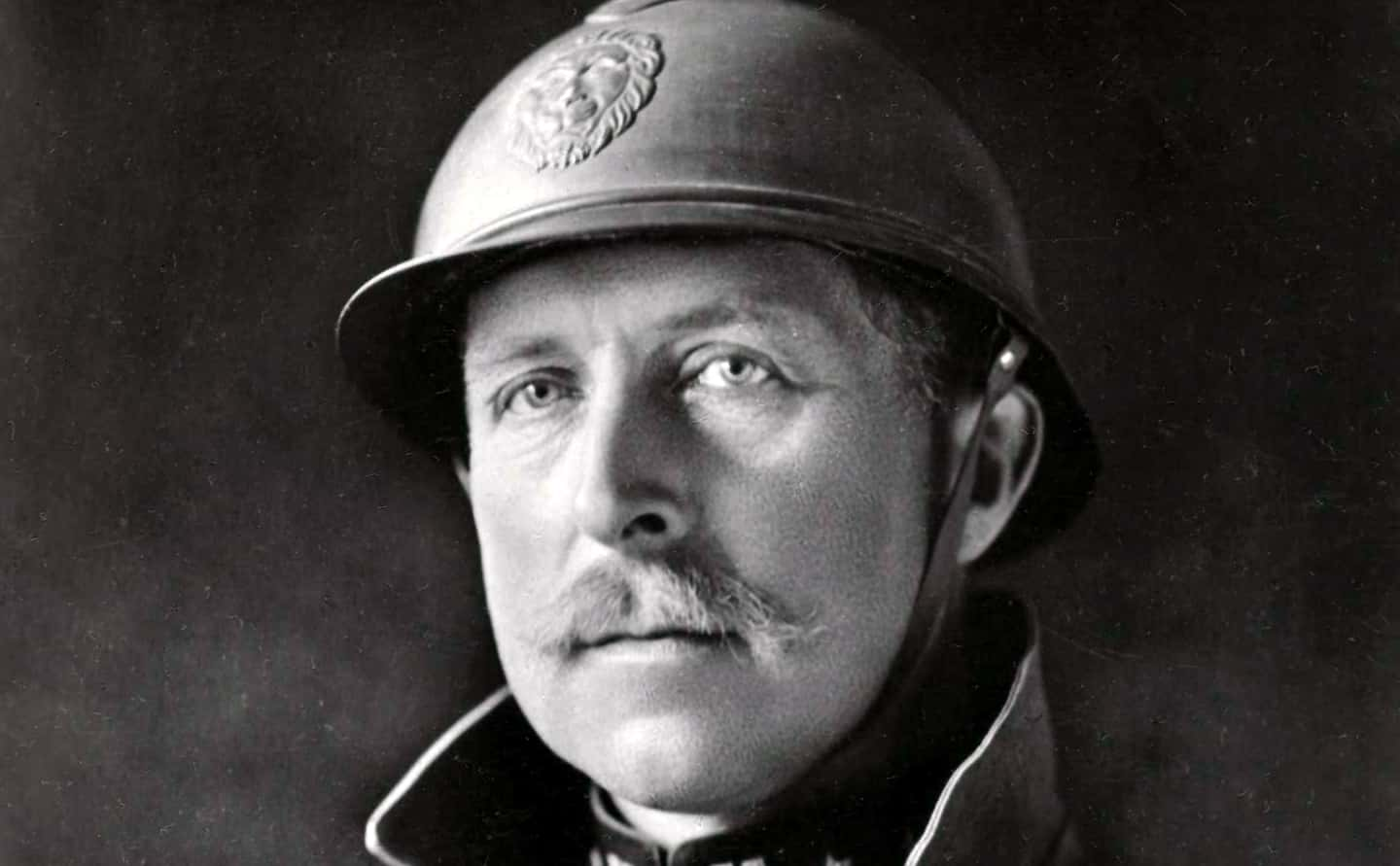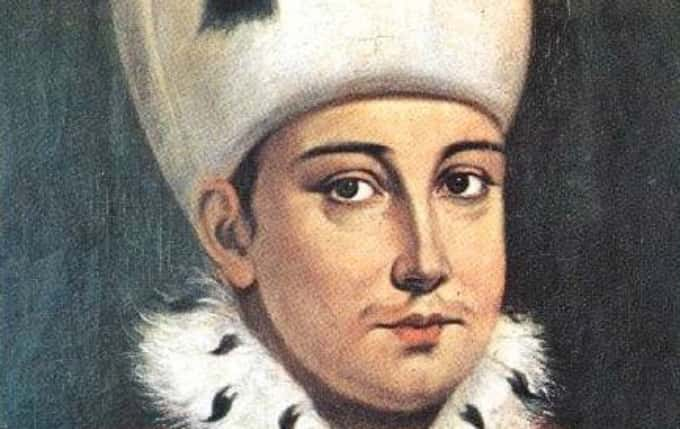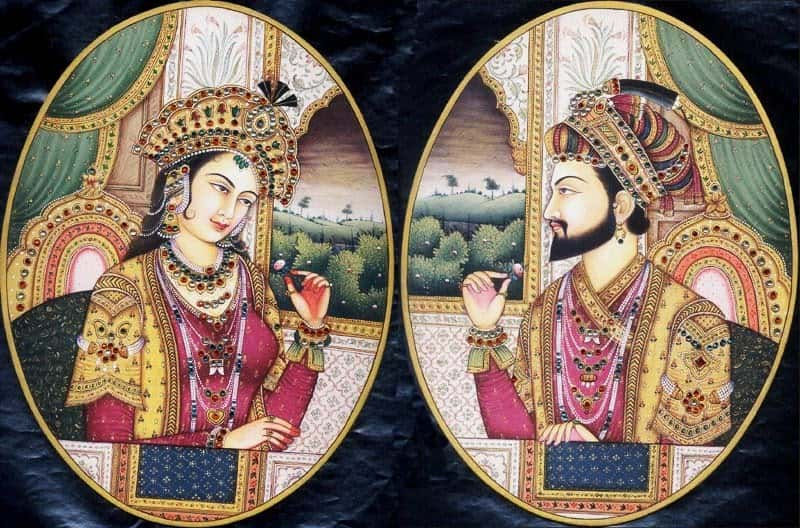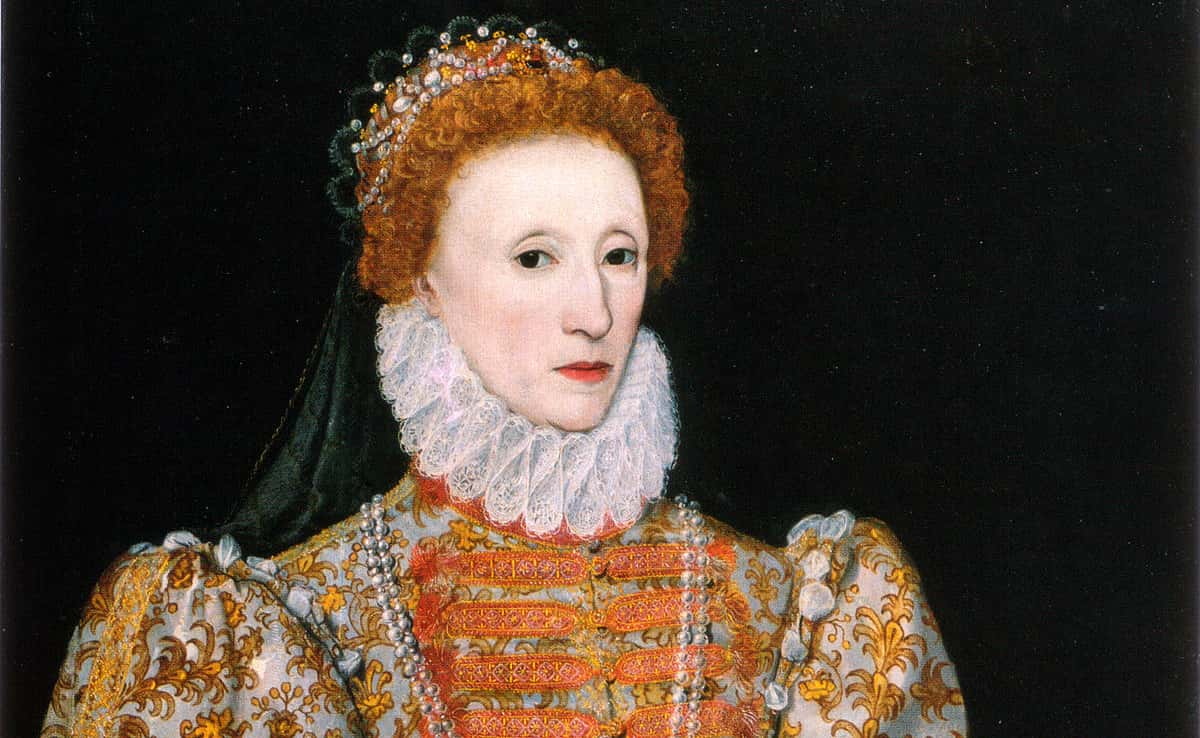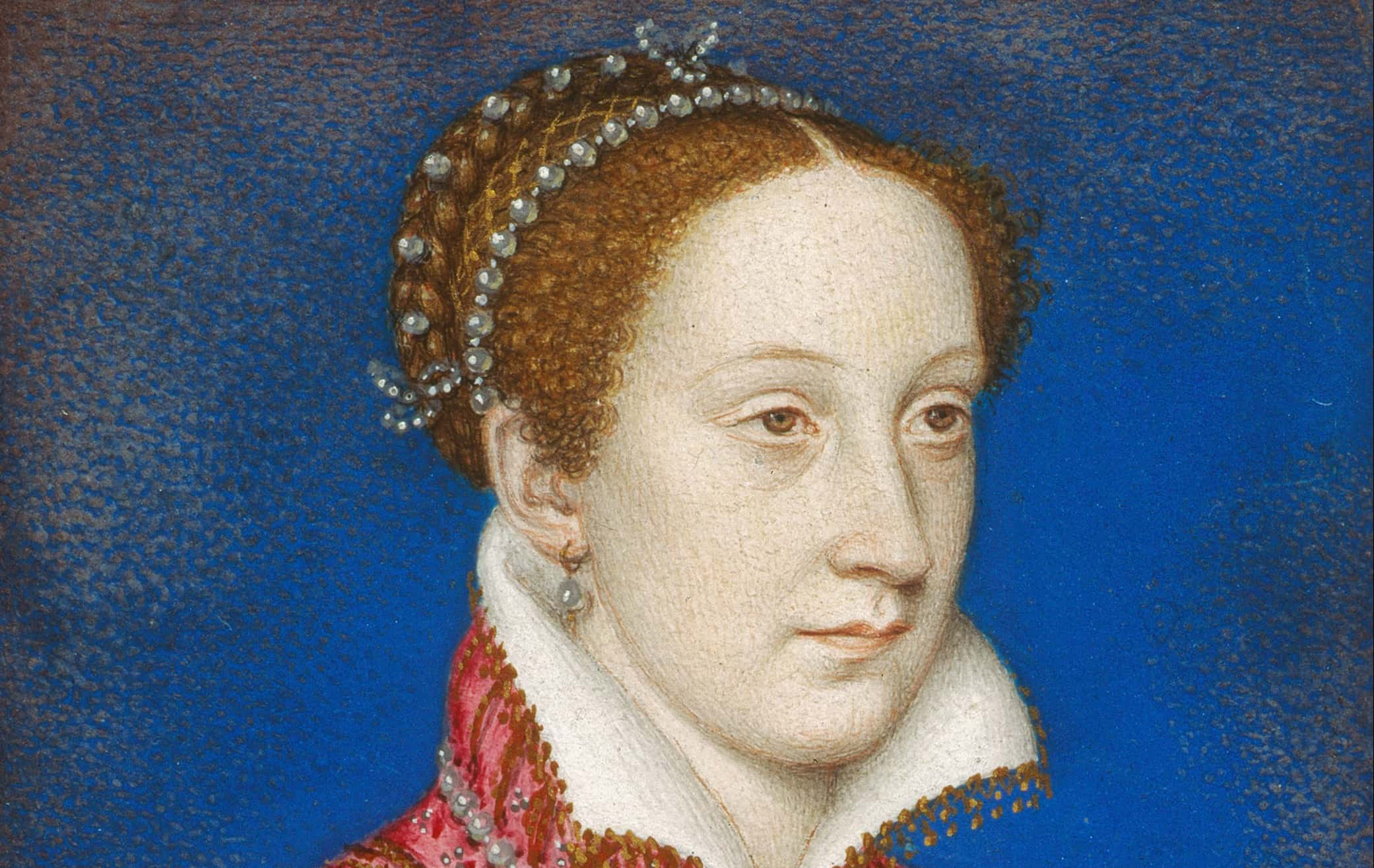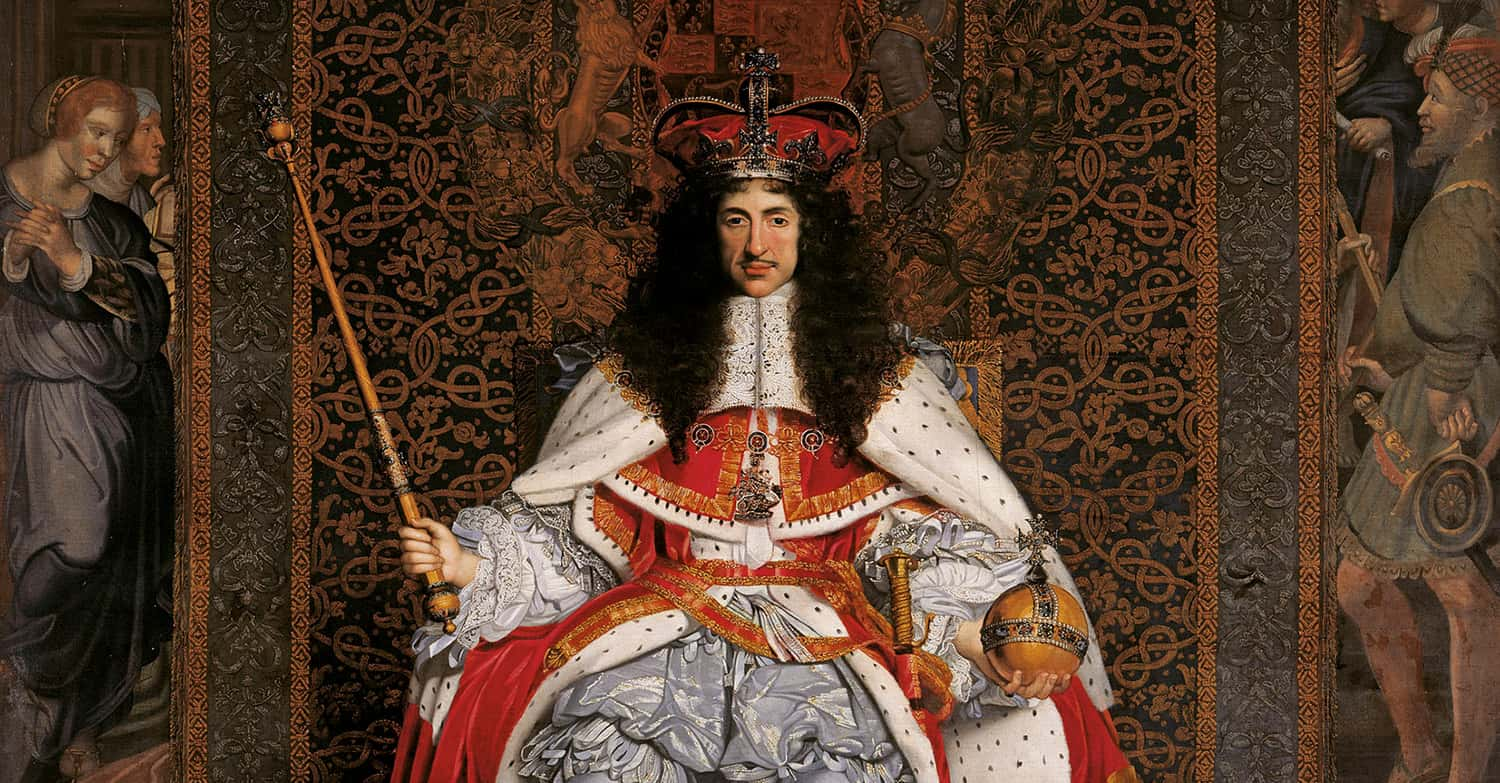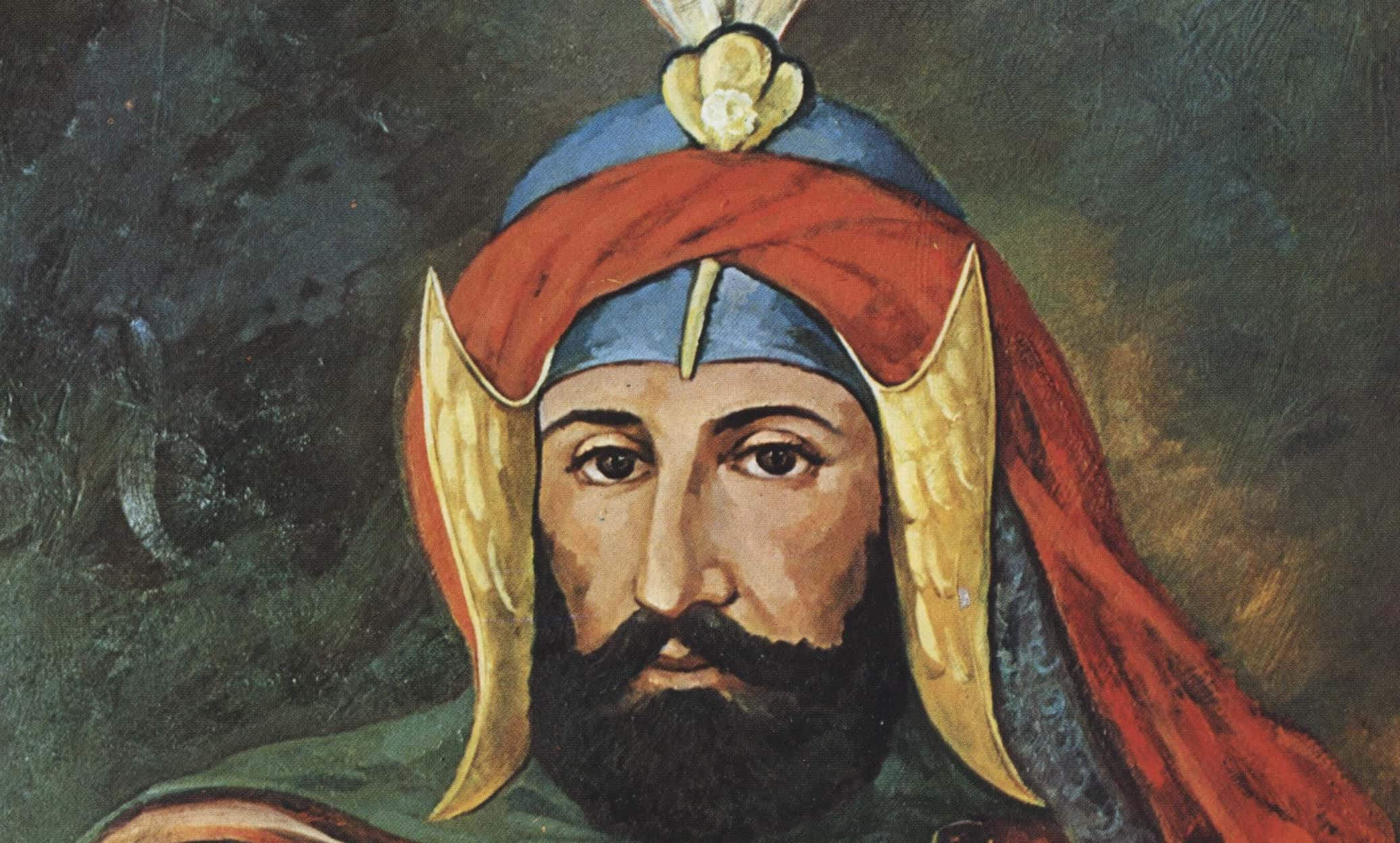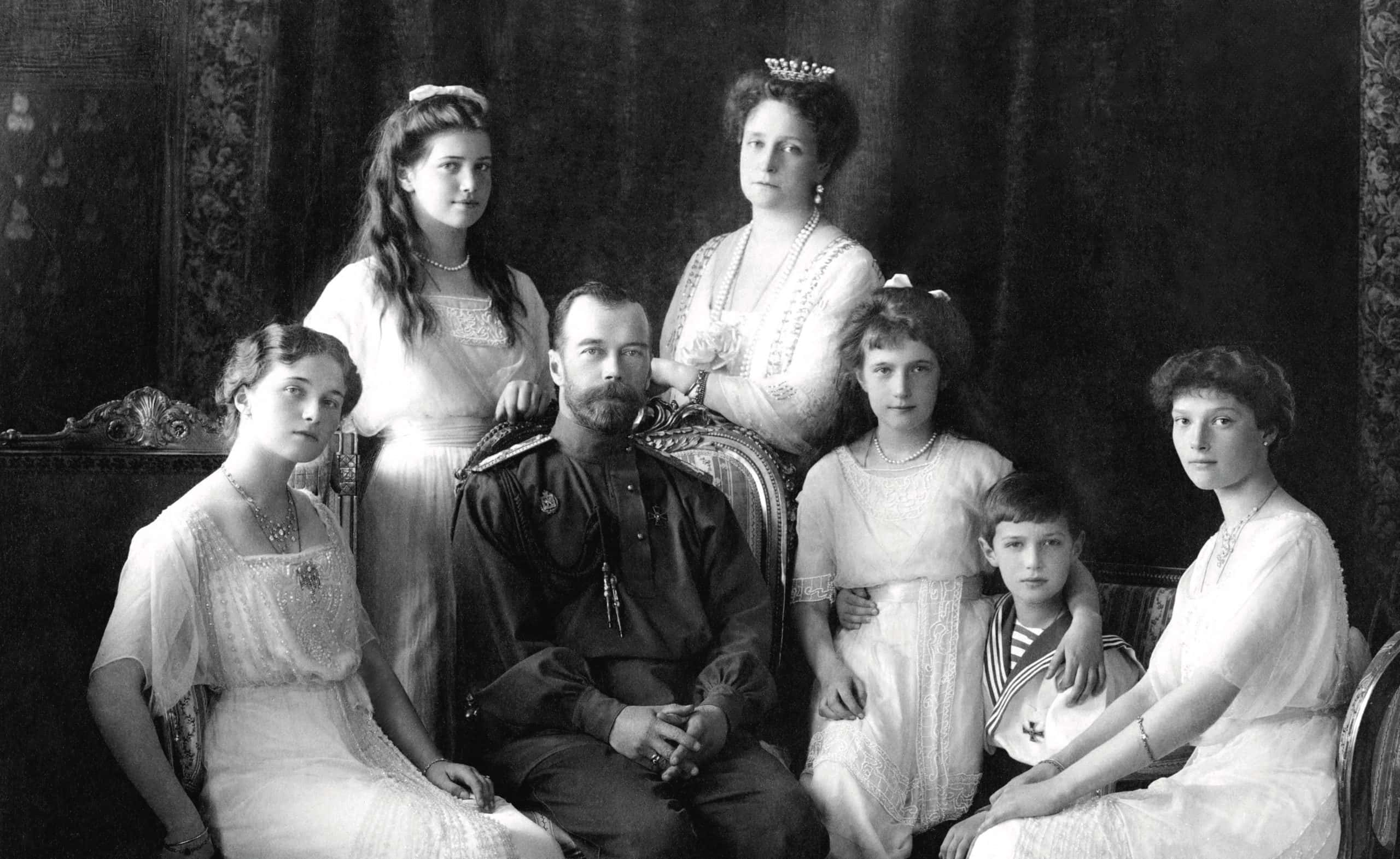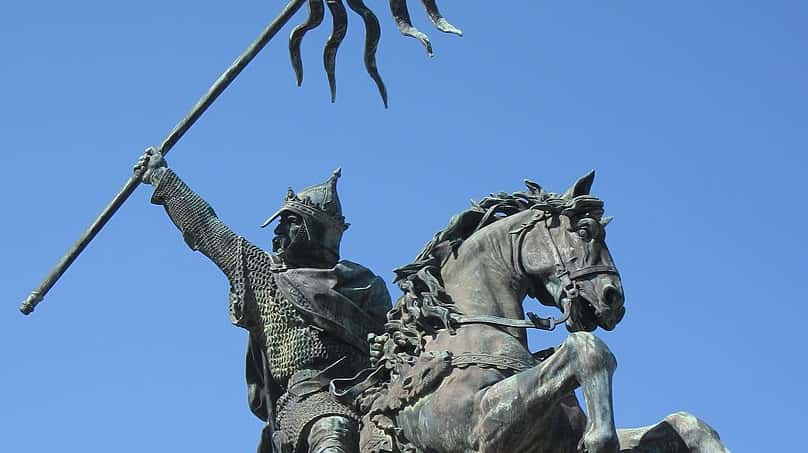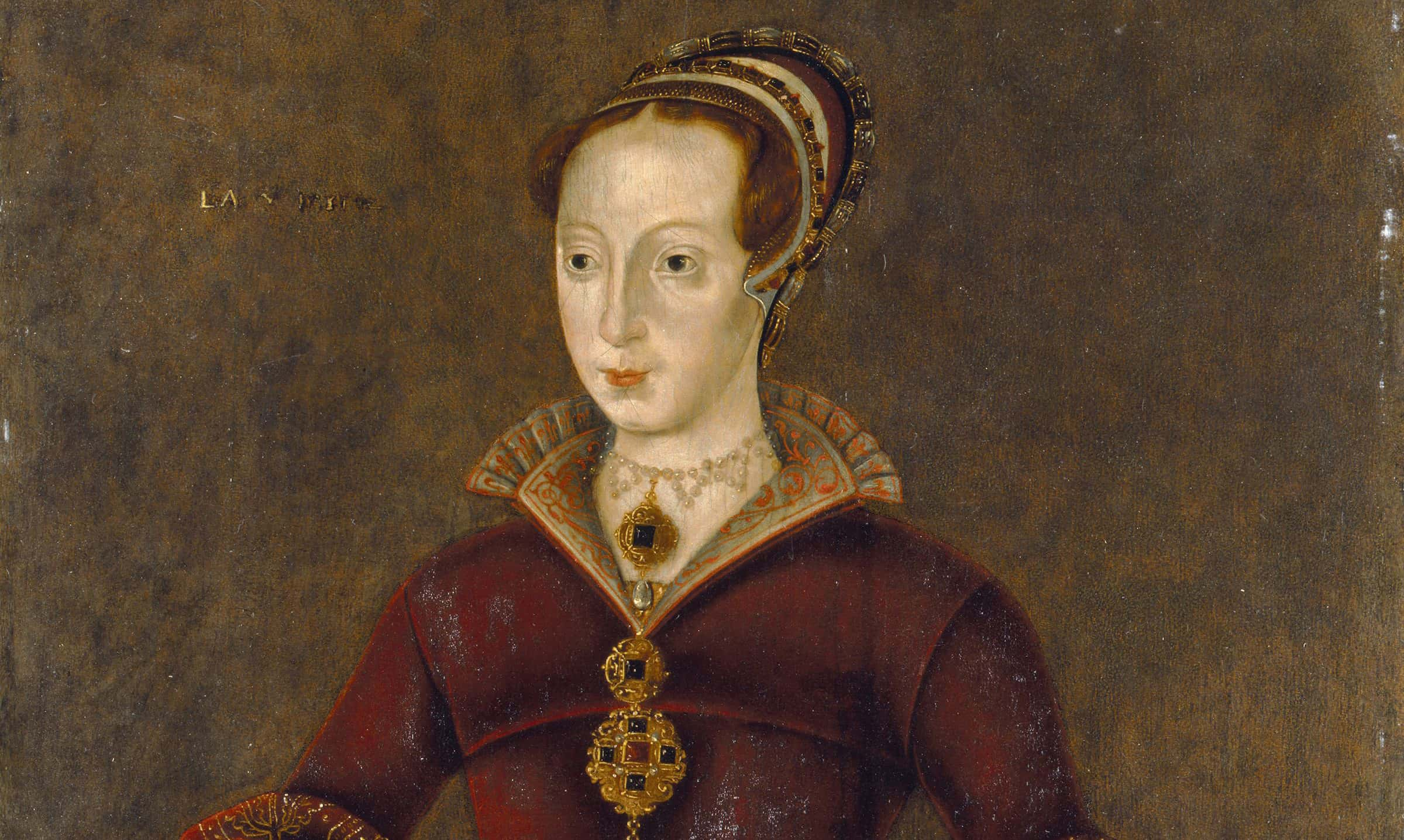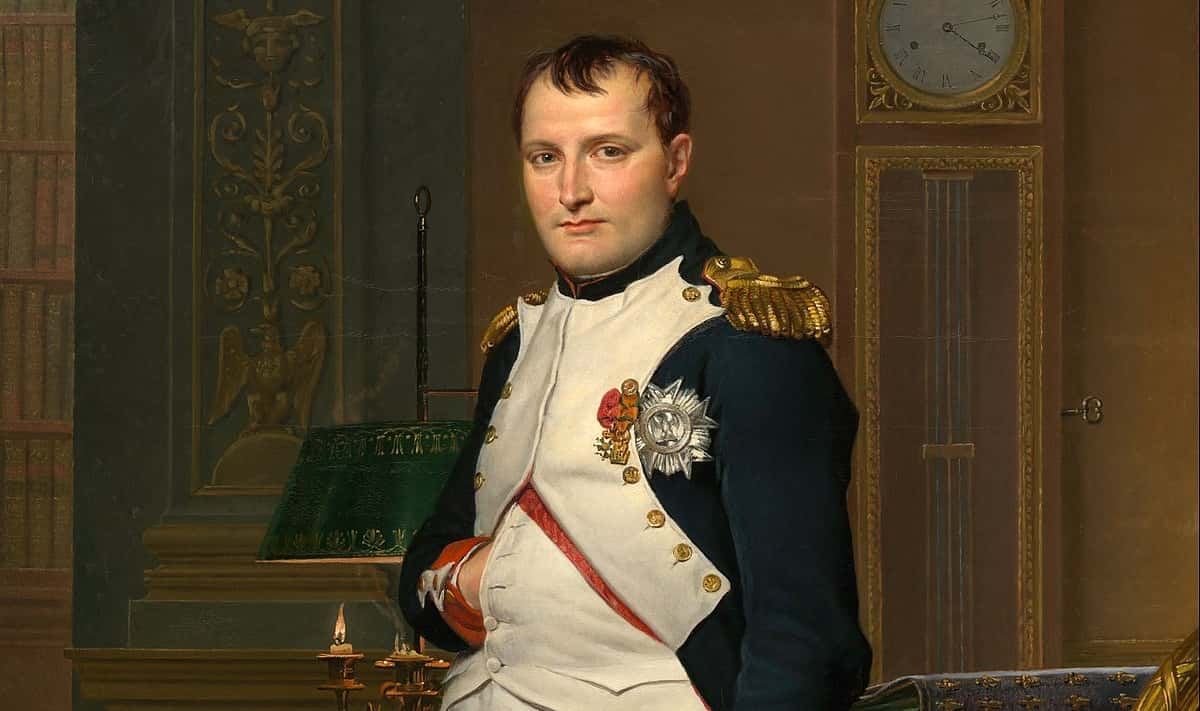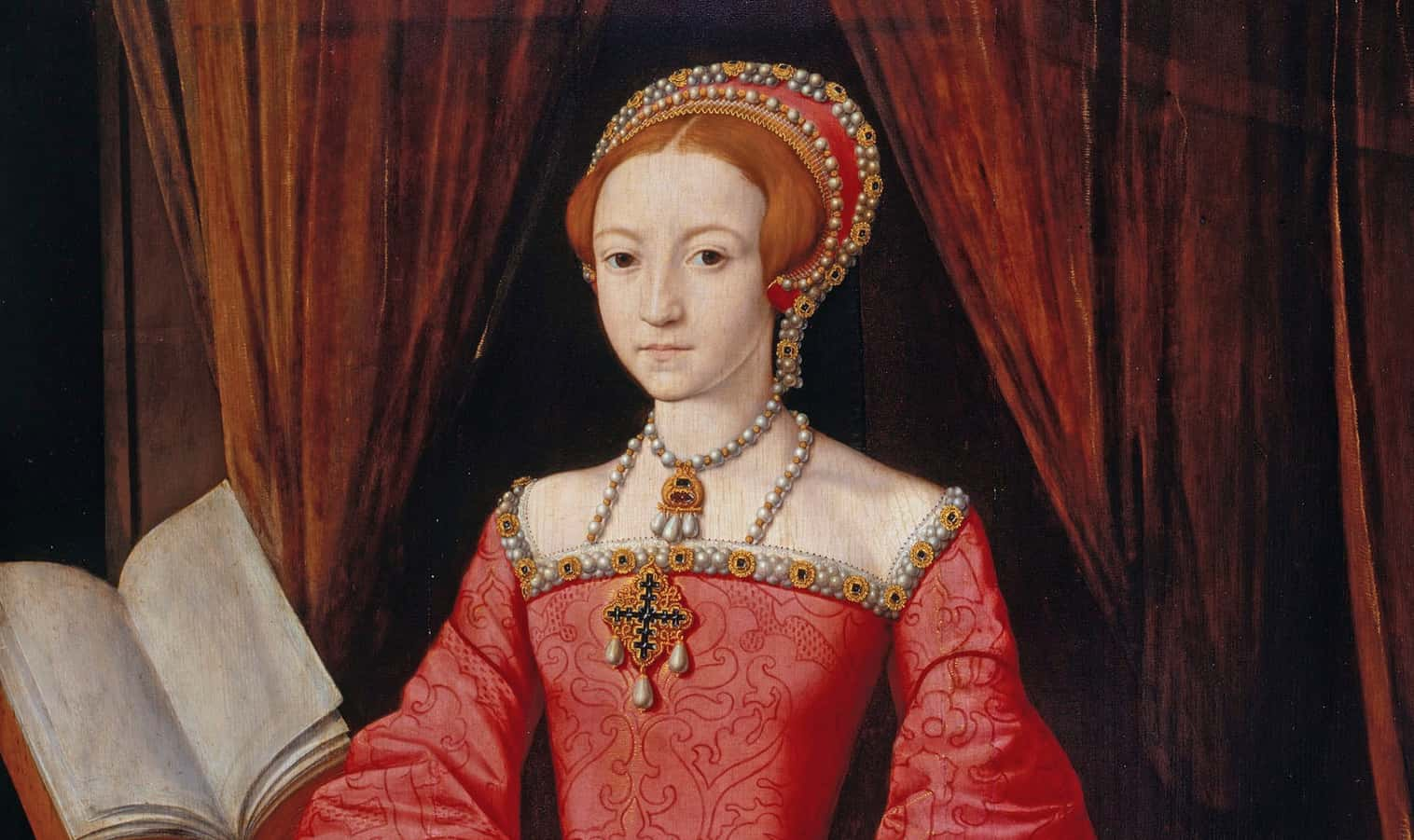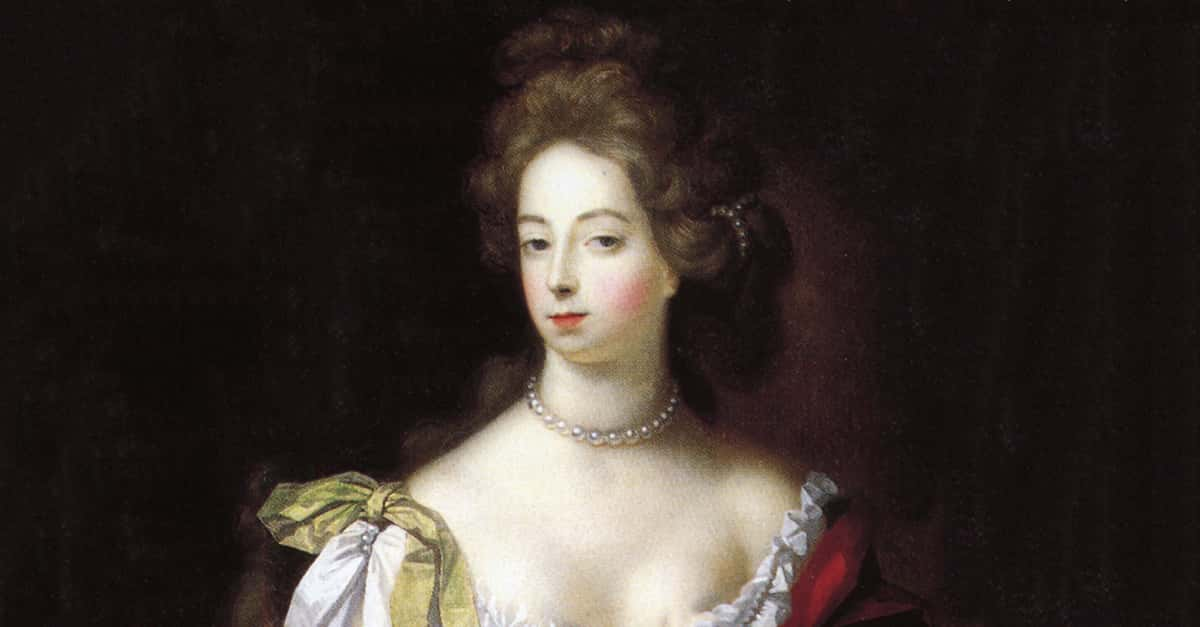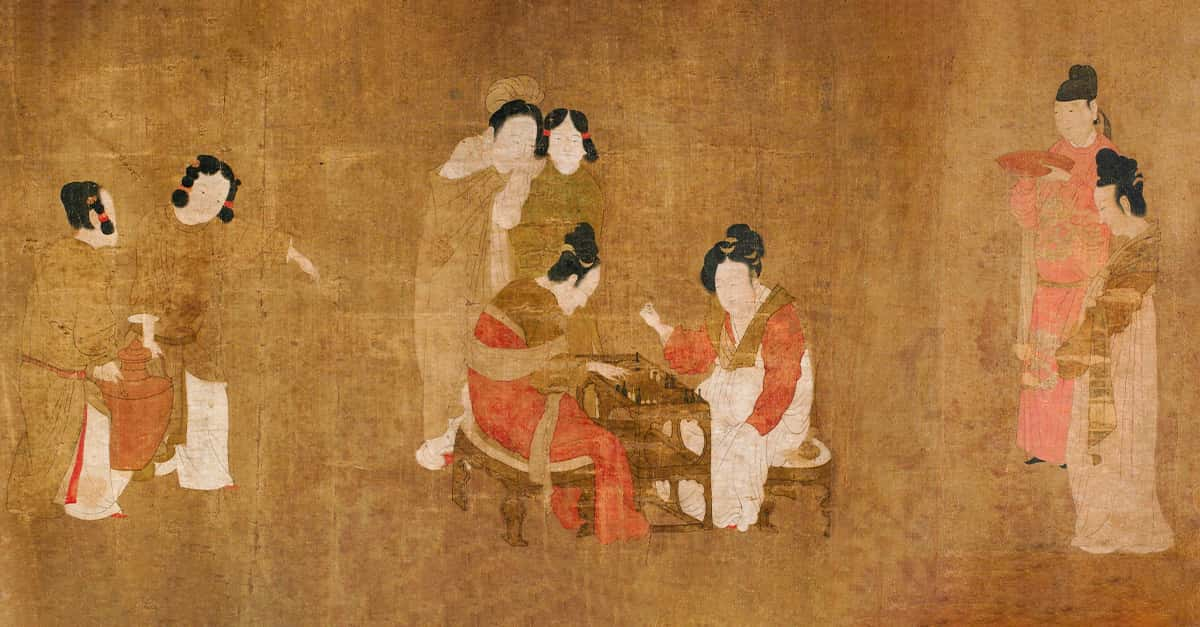“Life is a dream for the wise, a game for the fool, a comedy for the rich, a tragedy for the poor.”–Sholom Aleichem
To the cultural imagination, stories about tragic rulers are appealing because regular folk like to imagine that royals—with all their scary yet seductive privilege—are “just like us.” After all, what is more human that suffering? But being royals, there’s something bigger and grander about their suffering, at least when told through the glamorous lens of popular history. Who wants to hear about our banal, everyday sufferings when people with expensive hats broken feelings is caught up in the larger-scale drama of public execution and disgrace? A crown isn’t protection from everything. From phantom babies to treacherous molehills, let’s set the royal jewels for these 43 harrowing facts about tragic rulers.
Tragic Rulers Facts
43. The Mother of All Tragedies
Over a 30-year career, Kösem Sultan rose from slave concubine to Regent of the Ottoman Empire. Unfortunately, she lost practically every close male family member on the way there. She lived through the reigns of six sultans (Ahmed I, Mustafa I, Osman II, Murad IV, Ibrahim I, and Mehmed IV) and survived every single one but her last, her grandson. After Kösem was assassinated by her own daughter-in-law in 1651, the people fittingly called the long-serving, long-surviving queen their "Vālide-i Maḳtūle" (murdered mother) or "Vālide-i Șehīde" (martyred mother).
42. Outgrowing Her
Throughout her adulthood, Catherine de Medici enjoyed getting her way when it came to her son-kings. In the last months of her life, this came to an end; her son, Henri III, promised not to murder the Duke of Guise under her advice, thanked his mom for her service… and then turned around and stabbed the Duke to death in the room right above her. Some say the shock at her favorite’s son’s disobedience hastened her death a few weeks later. In my humble opinion, it sounds like she authored one last motherly guilt trip.
41. Messy Memories
When King Louis XVI of France was beheaded in 1793, he apparently prayed that his blood would not fall back on France. Well, it literally fell onto the streets and several spectators jumped to dip their hankies in the not-so-blue blood. For centuries, this story was believed to be a myth. But in 2012, DNA testing of saved tissue samples confirmed its truth. People did turn personal tragedy and political revolution into the ultimately souvenir.
40. The Arrow of Fate
Richard I “the Lionheart” of England met an anticlimactic end for such an epic military king. In March 1199, the mighty lion was shot by a stray arrow outside of Chalus Castle in France. However, the arrow didn’t kill him—it was the deadly infection he caught from the wound, which took two weeks to do the job on April 6. As if that weren’t dignified enough, the lucky arrow was shot by a random little boy who became mythologized as “the ant” who slayed “the lion.”
39. In and Out Hal
Henry V would be immortalized by history—and Shakespeare’s plays—as an epic warrior king of England. However, his reign was tragically cut short. With his reign lasting just nine-and-a-half years, Henry V is actually the shortest reigning of all the English King Henrys. Even more tragically, he left behind a son, Henry VI, who was only nine months old.
38. Sad to Death
Henry VI of England’s “official” cause of death was listed as “pure melancholy and displeasure.” Not to mitigate the impact of mental illness and depression, but it’s highly doubtful that he went out so quietly. Many historians agree Henry was more likely to have been murdered by his cousin, Edward IV, after a long power-struggle for the throne.
37. Little King Lost
The 12-year-old Edward V has the dubious honor of being England’s shortest-reigning king, or at least he’s the shortest serving king to not be crowned. Edward never even made it to his coronation, as he and his little brother Richard were restricted to the Tower of London for the rest of their presumed lives. These legendary “Princes in the Tower” simply disappeared, leaving the throne to his captor/uncle, Richard III. Most assume he was murdered on Richard’s orders after just a 78-day reign.
36. Dentally Damned
An analysis of Richard III of England’s corpse suggests the last York king also had some seriously awful dental hygiene. Apparently, drinking wine every day did not pair well with his chronic teeth grinding condition. However, as the last English king to die in battle, Richard III, of course, had bigger problems.
35. Trading Down
#TFW getting replaced by a younger model runs in the family: at the age of six Mehmed IV of the Ottoman Empire rose to power upon the violent deposition of his own father, Ibrahim I (Ibrahim the Mad). However, Mehmed appeared to enjoy hunting and other sports more than rulership. By the time he reached adulthood, Mehmed himself was forced into exile and replaced by his little brother, Suleyman II.
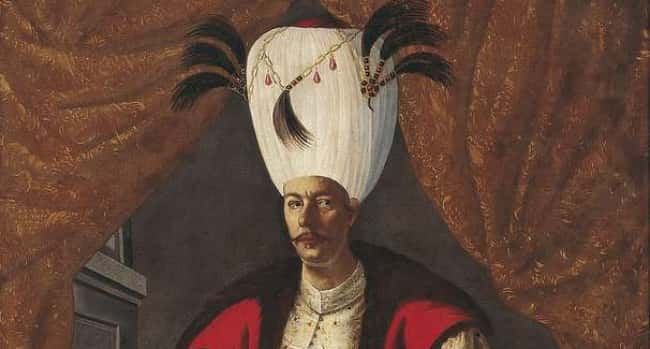 Picryl
Picryl

Sign up to our newsletter.
History’s most fascinating stories and darkest secrets, delivered to your inbox daily. Making distraction rewarding since 2017.
34. At Least He Got It Back
Charles I of England is still the only official English king to be formally executed by his own people. To give him some dignity, they sewed Charles’s head back onto his neck—à la post-Red Wedding Robb Stark—for his burial.
33. Making Mountains Out of Molehills
William III of England met an undignified end after falling off his horse and breaking his collarbone. According to legend, the guilty speed bump was none other than a molehill.
32. The Final Square Off
Afflicted with gout and dropsy, Queen Anne of Great Britain could barely walk by the last years of her life. Her body was so bloated, her royal coffin was shaped like a square.
31. Don’t Stop the Presses
For George V of England, the divine right of kings extended to first pick of obituaries. You see, the dying king’s doctor gave him a deliberate and fatal overdose of morphine and cocaine. Why? So that George would die just in time for news of his death to make the next morning’s newspaper headlines, because to announce the death of a king in the evening paper would be unfitting. Hey, kings come first in everything.
30. Canonically Awesome
In 1460, King James II of Scotland was killed by his own cannon. Apparent, the artillery fanboy wanted to inspect these new canons—freshly imported from Flanders—while they were in action. He set one off, but instead of working as intended, it blew up and sent two pieces of debris into his royal thigh bone. Unlike most medieval battle wounds—where it was the infection that eventually gave you a slow and painful death—James died mercifully right where he stood.
29. Bad Seed
King Yeongio of Joseon ruled over 18th century Korea for 52 years, with most agreeing he was very good at it. However, he mostly goes down in history for ordering the death of his son, Prince Sado. Yeongio’s heir was as sadistic as his father was temperate. With his son famous for abusing servants and court members, Yeongio made the tough decision (with consent of the boy’s mother) to lock Sado inside of a heavy rice chest. After eight days, the chest was opened to reveal Sado, who had suffocated to death.
28. Royal Jerk, Well-Done
Charles II of Navarre got the moniker “Charles the Bad” for two-timing France and England throughout the Hundred Years’ War. Thus, his violent and apparently preventable death was deemed as divine justice. According to legend, Charles fell ill, and his doctors decided to treat him, naturally, by wrapping him up from head to toe with brandy-soaked cloth. When one of the attendants was cutting up the remaining thread—so he would be nice and tight—she didn’t want to use scissors for fear of cutting his royal body. Instead, she used a lit candle to burn off the thread. But the combination of alcohol and fire did not mix well for Charles, as his royal body went up like a cigar.
27. Blazing Saddles
Dying on horseback is less glorious than it sounds. Especially if you died by horseback. William the Conqueror charged onto battlefield upon his royal steed, when said steed came to a sudden stop. William’s innards met a brutal impact upon the pommel of his saddle, traumatizing his internal organs, which eventually led to his death.
26. Leave a Pretty Corpse
Not only did George II of Great Britain die on the toilet on 25 October 1760 (of apparent cardiac arrest); he cut his face on the fall down. The chalet found him dead on the floor after the king went into his discrete closet and emitted a royal thump, scarring his lovely face on the tumble to his death.
25. Black is the New Black
File this under tragic rulers who could’ve been: Princess Charlotte Augusta of Wales was first in line to be Queen of the United Kingdom as the only child of George IV. Unfortunately, she died in childbirth at just the age of 21. She was so publicly beloved—and grieved—it’s said that the nation’s merchants ran out of black fabric because mourning Charlotte was just that fashionable.
24. All or Nothing
On June 1, 2001, the 29-year-old Crown Prince Dipendra of Nepal walked into a royal family gathering and opened fire on his kin. Nine people died, including Diependra’s own mother, father, and daughter, before the Prince took his own life. In a chilling final detail, Dipendra actually lived for a few more days after turning his gun on himself, so he was technically made the King of Nepal for three days, while in a coma, before succumbing to his wounds. To this day, the motive behind his massacre is ambiguous—but most speculate he was distraught at the country’s transition from absolute monarchy to a democracy. In any case, Nepal’s royal monarchy was officially dismantled in 2008.
23. All Hail the Mountain King
In 1934, King Albert of Belgium went out for a rock-climbing adventure by himself and never came back. For years, people whispered about foul play, even as his body was eventually found. It took until 2016 to confirm that was just a tragic accident—he literally fell off a cliff.
22. Bad Beans
Sultan Osman II of the Ottoman Empire was too young to rule. At age 14, he came to the throne and enacted a few failed military campaigns, which he promptly blamed on the Janissaries. According to some, Osman punished them by closing their coffee shop. That was a step too far, and they promptly strangled him to death. Hey, don’t mess with a man’s morning brew.
21. Couples Inspo
Shah Jahan and Mumtaz Mahal had 14 kids and rule of an empire together. Tragically, Mumtaz died while giving birth to the 14th child. This tragedy would inspire Jahan to build the Taj Mahal in memory of her, and one of the world's great landmarks was born.
20. Outsourcing to the End
As Roman emperor Nero faced the end of his derelict reign in 68 AD, he couldn’t fully bring himself to take his own life. To gain the nerve, Nero began by begging one of his nearby friends to kill themselves first to “set an example.” But as the enemies got closer, Nero finally forced his private secretary to do the deed—and after all that whining, I'm sure they jumped to the task.
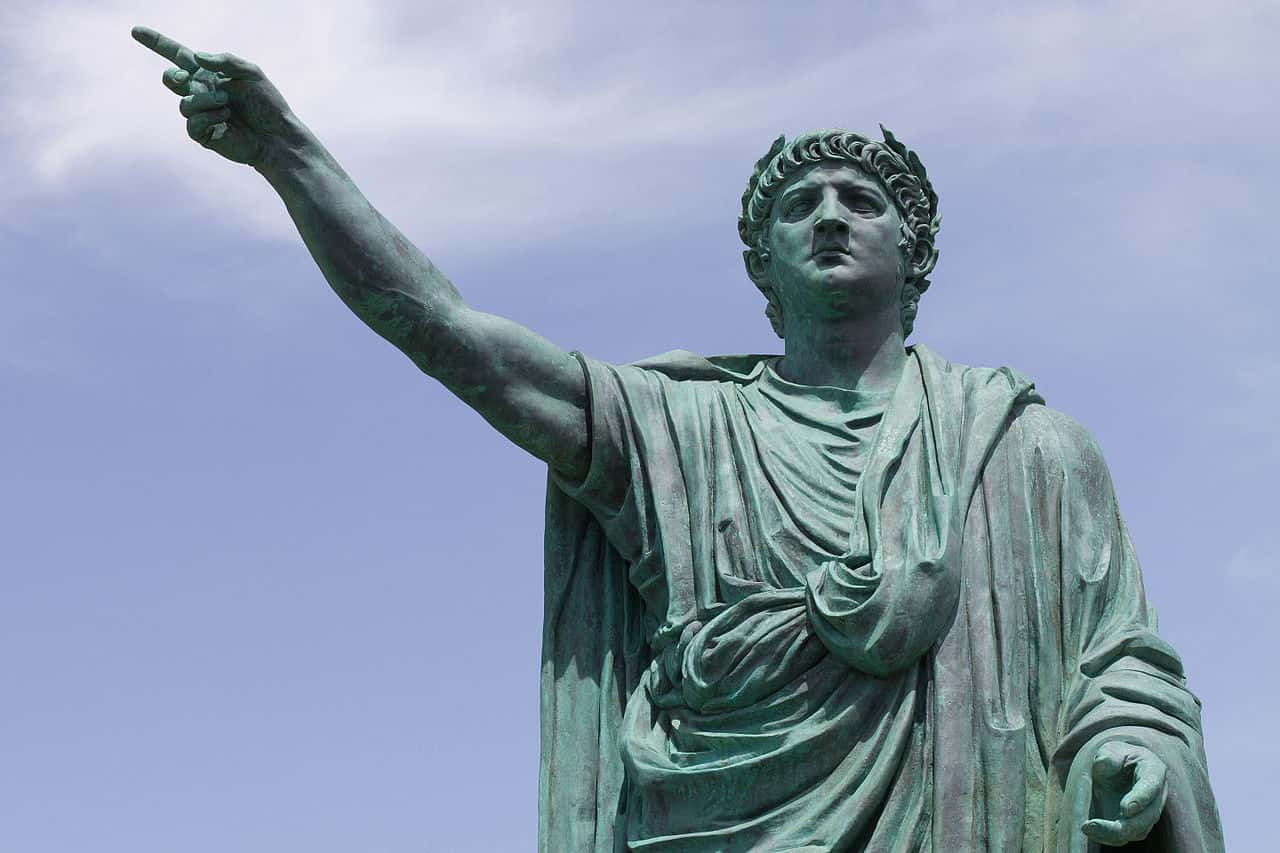 Wikimedia.Commons
Wikimedia.Commons
19. Downer Epilogue
As House Lancaster’s de facto ruler during the War of the Roses, Margaret of Anjou deserved a more climactic end. The incapacity of her husband Henry VI meant the role of England’s chief strategist fell to her. She even led her own army at the Battle of Tewkesbury—which tragically ended with the death of her only son, the 17-year-old Prince Edward of Westminster (the exact circumstances of his death have never been made clear). Margaret’s dynastic hopes were dashed; she was captured as a hostage by the Yorkists and then ransomed back to her French relatives in 1475. Living the rest of her days on the charity of the King of France, she died in relative obscurity in 1482 and was entombed next to her parents.
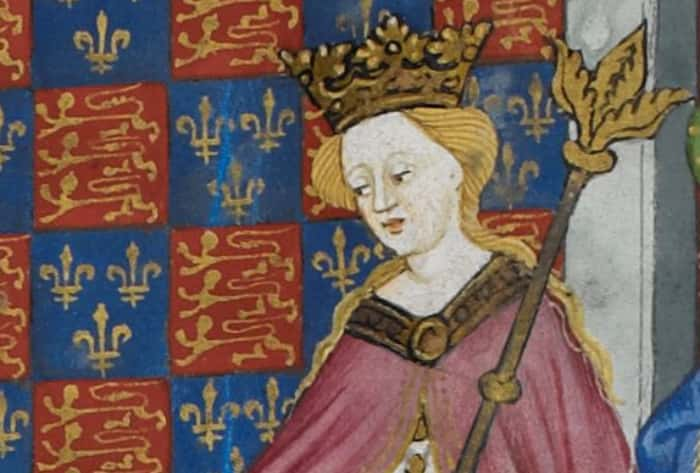 Wikipedia
Wikipedia
18. Lesson One
According to Robert Dudley, Elizabeth I of England’s earliest anti-marriage vows came in the wake of her stepmother Catherine Howard’s execution. The young girl vowed, “I will never marry.” Not sure if that’s the only reason, but Elizabeth did keep her promise.
17. Mommy Deadliest
When he was only eight years old, Paul III of Russia, son of Catherine the Great, lost his father to poison. Later in life, Paul would be utterly convinced that his mother did the deed—and he was right, but he made the mistake of focusing his rage outwards. The alienation between mother and son led to Catherine grooming his brother, Alexander, to be heir. “Luckily,” Catherine died before she could make it law. Paul became the Tsar, but we’re not sure those maternal wounds could ever be fixed by a crown.
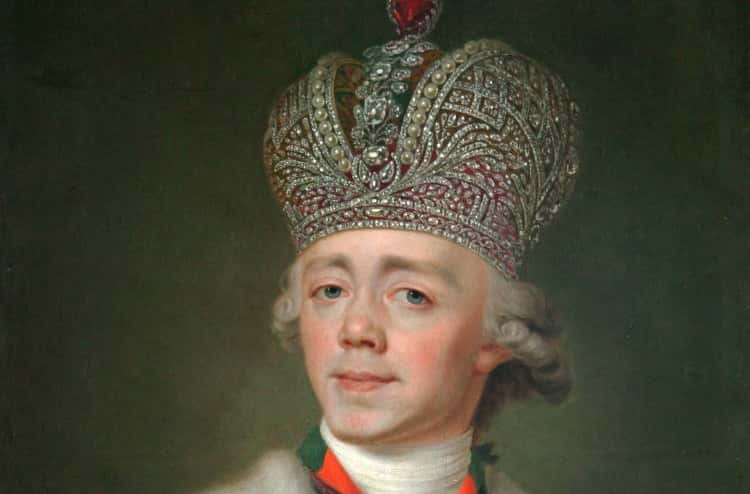 Wikipedia
Wikipedia
16. Cycle of See You Later
Mary, Queen of the Scots, ascended to the throne as a newborn. Her father, James V, died when she was only six days old. In a tragic stroke of history repeating itself, after a young adulthood of political chaos, Mary ended up having to abdicate the throne to her own son James VI of Scotland when he was just a one-year-old. She left for England and the two never saw each other again.
15. They Call Me “Friar Fast Knives”
Henri III was the last Valois king (and son of Catherine de Medici) to inherit the French throne. He was assassinated at the age of 37 by someone dressed as a figure of peace—a monk, to be exact. Armed with forged papers (and also a knife), the monk was able to enter his palace and tell his king her had super-confidential intel. Henri sent the servants away, so he could have privacy. The monk then whispered in Henri’s ear and stabbed him to death.
 Wikipedia
Wikipedia
14. The Pauper King
Richard II of England goes to show that the “divine right of kings” had its limits. In late 1399, it was deemed that Richard had messed up so bad at this monarch thing, he had essentially made himself “unworthy” to be king. He abdicated on the condition that his life would not be forfeit. After October 1399, what exactly happened to Richard becomes unclear. He was restrained to Pontefract Castle for the rest of the year. By February 1400, Richard was dead from rumored starvation.
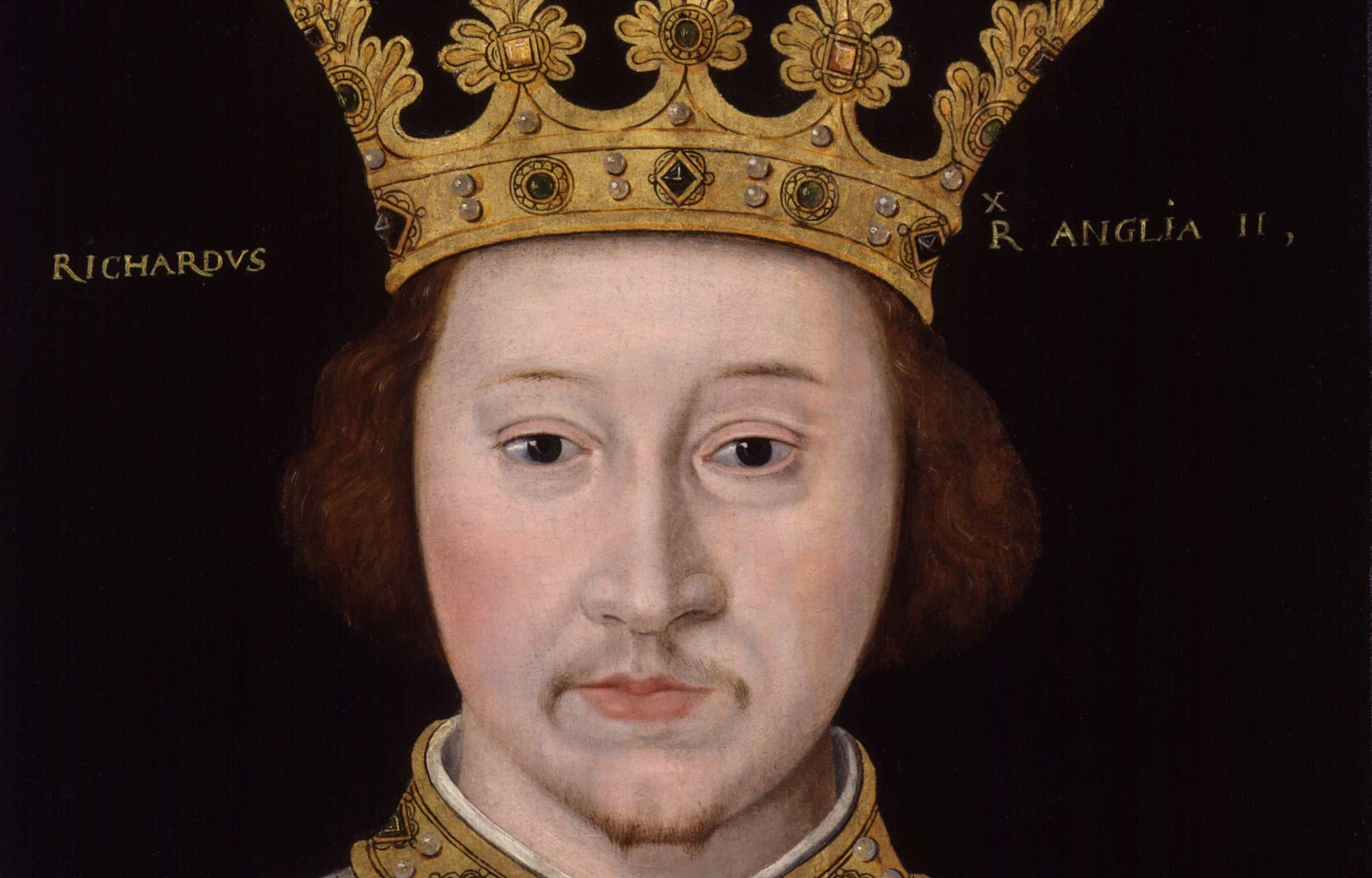 Wikipedia
Wikipedia
13. Baby Come Back
Mustafa I of the Ottoman Empire hardly wanted to be Sultan, but he was dragged from his “golden cage” twice to do the job. After being overthrown by his teenaged nephew, Osman II, the mentally unstable Mustafa got a second chance when Osman himself was deposed. It’s said Mustafa would sometimes run through the palace, screaming for his dead little nephew to come back and take the throne from him.
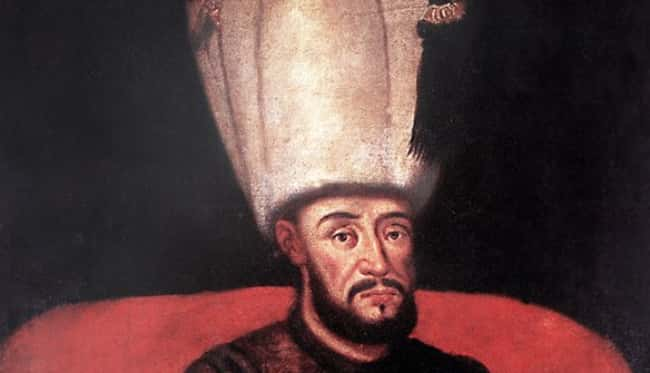 Wikipedia
Wikipedia
12. Oh, Boy!
Queen Christina of Sweden’s mother was never shy about her disappointment in the gender of her only child. Maria of Brandenburg was desperate to give her husband a son. When presented with the baby girl Christina, Maria rather tastefully screamed, “Instead of a son, I am given a daughter, dark and ugly, with a great nose and black eyes. Take her from me, I will not have such a monster!” Maria would then “accidentally” almost kill Christina several times by dropping her or pushing her down the stairs; she even made the girl sleep under the rotting heart of her dead father. All things being considered, Christine turned out very well.
11. Too Close to the Family
As the last Hapsburg king of the Spanish empire, Charles II was a victim of his family’s inbreeding. Bald before the age of 35, he suffered from numerous image and health issues, leaving no male heir (he was almost definitely impotent).
10. For Sale: Prince Crown; Never Worn
It was difficult for Ottoman Sultans to leave no heirs when one considers they were encouraged to sire multiple heirs off multiple concubines. Murad IV was one of those unlucky few; he had at least eleven sons and five daughters, but none of the boys survived past childhood. All of his sons were buried at the Blue Mosque in Istanbul. Despite a fairly illustrious military career, Murad passed at the age of 27 (like a rockstar!) with no son to carry his legacy.
9. A Little Help?
When Francis II of France ascended to the throne, it’s said the crown was so heavy—in comparison to his sickly body—nobles had to hold it steady on his head for him. Not a good start to what turned out to be a short reign; he died just a year-and-a-half later.
8. All of the Feels
On his deathbed, Charles IX of France’s moods alternated between contrition, pride, and the classic, “It’s all your fault, Mom!” He was, of course, referring to the Huguenot Massacre which had occurred under his reign.
7. No Visitors Allowed
For decades, Henri II of France embarked on a lifelong love affair with his mistress Diane de Poitiers. Even on his deathbed from a tragic jousting accident (a lance had wounded him in the eye), Henri begged to see her. His wife, Catherine de Medici, was less than sympathetic to his final pleas and refused Diane entry to his room. He died without Diane at his side, and Catherine exiled Diane to a distant, yet comfortable, obscurity.
6. Target Practice
On the morning of their execution, the Romanovs were ushered down to the cellar of the house, and the murder squad showed up to carry out the executions. The men were each supposed to fire at a different family member, but many privately didn’t want to shoot the girls, so they all aimed at Nicholas and Alexandra instead. The firing was so wild that the men managed to injure each other in the process.
In the months leading up to their executions, Alexandra had the children sew valuable diamonds into specially made underwear in case they needed quick money for an escape. The night of the execution, the children were wearing this special underwear, which, in effect, acted as a bullet-proof vest. The bullets bounced off of the clothing, wounding but not killing the children. When the smoke cleared and the murderers discovered that the children weren’t dead, they had to try to kill them all over again.
5. A Smell to Remember
What smells? William I of England’s 1987 funeral was one of the most messed-up wakes in English history. For one, a guest actually heckled his corpse, claiming that the church had been built upon his father’s land without proper compensation. Also, the coffin was built too small for his kingly body (he had grown extremely obese in his old age). William had to be literally squeezed inside, which caused his bowels to burst open and emit a horrific smell across the crowd of mourners.
4. Teen Idle
Jane Grey wasn’t called “the Nine Days’ Queen” because she led a long and prosperous career. When she was just 16 years old, her dying cousin, Edward VI, left her the throne of England in his will. Only problem: Edward skipped over his half-sisters, Mary and Elizabeth, to ensure the throne went to a true Protestant. This put Jane in a dangerous position. As it turns out, both Mary and England's people did not take well to Edward’s flaunting of tradition. After barely a week and a half, Mary I of England deposed Jane on 19 July 1553. After much contention about her fate, the young Jane was executed five months later.
3. She Got The Last Word
Napoleon Bonaparte’s marriage to Josephine de Beauharnais was riddled with mutual infidelity, struggles with infertility, and, ultimately, divorce. When it became apparent Josephine could not have children, he left her to marry a more fertile consort. Yet, on his deathbed, Napoleon’s final words were still, “France, the Army, the Head of the Army, Josephine.”
2. False Alarms
The shadow of Elizabeth I has not been kind to her older sister and queenly predecessor, Mary I. Aside from her prosecution of Protestants, Mary’s other tragic legacy is the public humiliation of her phantom pregnancies. By September 1554, Mary exhibited all the signs of finally being pregnant. But by July 1555, it became evident that there never was a baby. Mary took this as a punishment from God for perhaps being too lenient on heretics. It happened again, in 1557, when Mary convinced herself she was actually pregnant. This change in her womb, too, was a false pregnancy… and perhaps symptomatic of the uterine cancer that was suspected to have killed her.
1. Good Enough to Kiss, Not to Bury
Some carry their grief with them everywhere. In the case of Juana of Castile, this was not just a metaphor. Taking the death of her beloved husband, Phillip the Handsome of Burgundy, really hard, Juana had her late hubby dug up and his coffin opened several times to kiss his beloved (decaying) face.
From that moment on, she brought his coffin with her everywhere, even her bed. Only years later did she return Philip to the ground—burying him right outside her window.
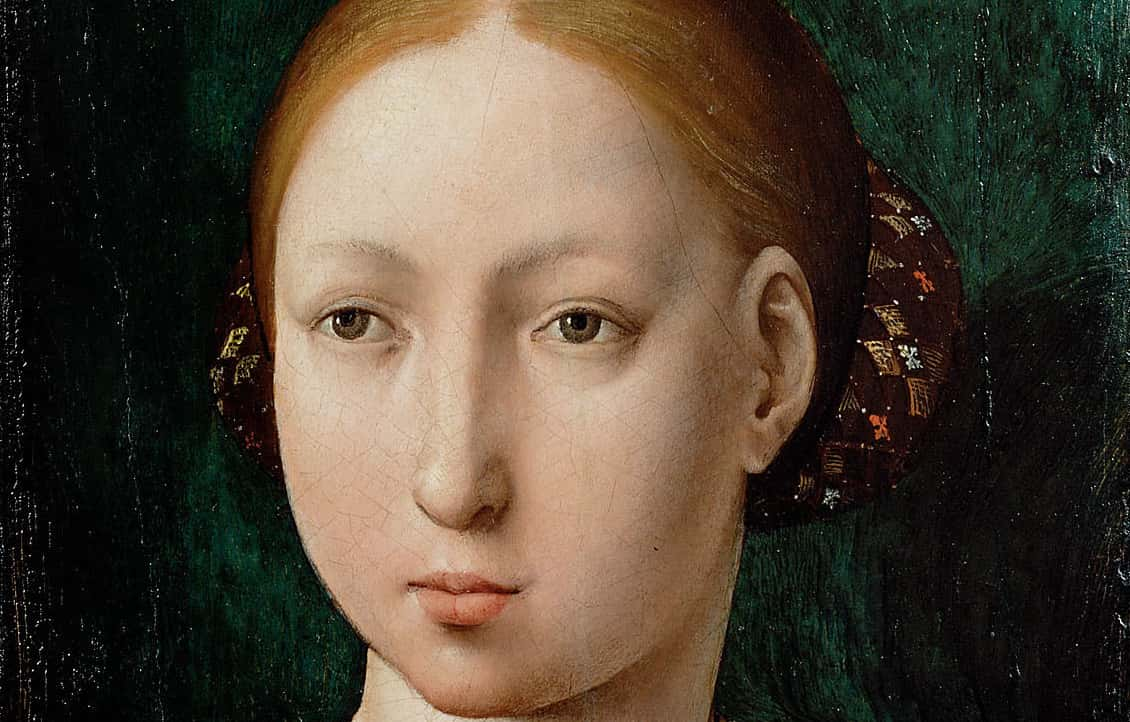 Wikipedia
Wikipedia
Sources: 1, 2, 3, 4, 5, 6, 7, 8, 9, 10, 11, 12, 13, 14, 15, 16, 17, 18, 19, 20, 21, 22, 23, 24, 25, 26, 27, 28, 29, 30


